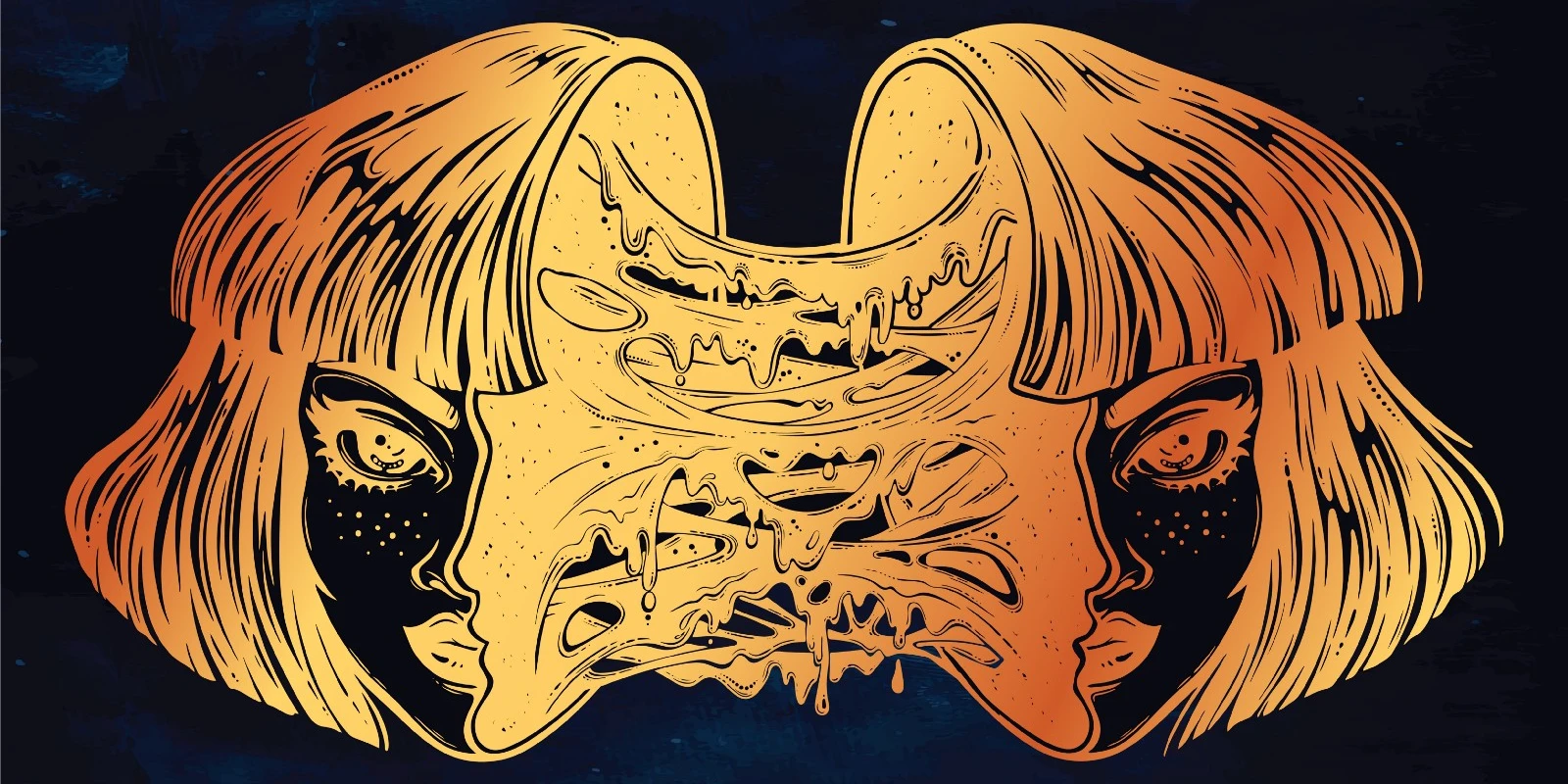A Fictional Story by Diana Rangaves, PharmD

I was long past the point of fear, walking down the corridor away from Dr. Afroz Ahmed’s office. A three-decade career halted abruptly. The trajectory of my life transformed.
It was a difficult decision to bring Dr. Afroz Ahmed into the circle. As President and CEO of our hospital, he knows the inner workings of the politics, policies, and cancerous sub-culture. His power is legendary. He forgets nothing. One tweet or lunch with him can have ever-reaching ripples of consequences.
Leaving the card and file was a risk I had to take. Now, would he set the wheels in motion to trigger the restoration of my career or implosion?
The inciting incident and cover-up began five years ago.
Healthcare-associated infections (HAIs) are infections patients get in a hospital. About one in 25 hospital patients have at least one HAI, resulting in 75,000 patient deaths from a central line, catheter-associated urinary tract, surgical site, hospital-onset C.difficile, and MRSA infections. Hospitals require self-reporting. If they don’t, no one holds them accountable.
From the moment I informed Barbara Morrow, I became an instrument.
Barbara Morrow is the Chief Ethical Compliance Officer. The title earns her the admiration of her peers, as well as a large corner penthouse office with views of the hospital campus.
“Hello, do you have a moment?”
“Of course,” she replied.
“When facing difficult choices, do you pay attention to your inner compass?”
“The problem is one of perception. This is the so-called theory-meet-theory paradigm. Here, look at this story.
The Capturing team had us cornered. As they eye us and move in for the snatch, one of the giantesses sneeze releasing copious amounts of slime. We run toward the river of slime and body surf across the floor under her legs, through the door, down the spiral staircase, and crash land on chairs covered with gummy, gluey, steamy, and smelly giantess feces.
“The significance is we all get covered in slime!”
“Certainly, you must do what you know is right,” I pressed.
“Not necessarily,” Barbara countered. “We can ignore, mute, and warp our conscience. It saves reputations, careers, and relationships. You are invited to the hospital’s Board of Trustees meeting today. We expect to see you there.”
“Any advice?”
“Officially, we continue to engage in discussions and remain highly committed to resolving this matter. Informally, do not say another word.”
“Will slime suffocate?”
--
A Conversation with the Author
On the inspiration for this piece
Ernest Hemingway said, “Write hard and clear about what hurts.”
This is a work of fiction, inspired by actual events, in which we all feel the impact of fear. Betrayals are problematic; yet, quantifying the depth of damage and shame in the emotional, spiritual, physical, and mental fields from stress, bullying, conflict, harassment, retaliation, and power over rather than power with is tangible. These stressful events emphasize self-care to counterbalance the insomnia, anxiety, worry, sadness and pain, loss of professional relationships, isolation, alienation, humiliation, diminished self-esteem, and distress. Unless one extends efforts to take charge of their health and wellbeing, proactively, the mind continuously initiates the flight-or-fight response to a threat by bathing the body with hormones and neurotransmitters.
I have the same experiences that everybody else does. This is what we share in our humanity. I feel the need to translate what happens into stories of historical fiction. Whether it is drawing, painting, singing, sports, they are all a method of healing.
On the value of stories
Connecting medicine to stories allows us to understand what is happening. It enables us to learn, to remember, to better accept our self, others, and the situations around us. In addition, we have the ability to create win-win situations by giving whatever we are dealing with what it needs. We can shape and respond to our world, which makes life a lot easier, healing, more pleasing, and more fun. Mark Twain said, “Write what you know.” It never fails!
On writing and medicine
As a child in grammar school, we had to do book reports. I learned to enjoy reading and writing. This helped me in college, pharmacy school, then a professor teaching pharmacology and ethics at Santa Rosa Junior College, and as an author.
I took a test in high school that pointed me in the direction of medicine. As a pharmacist, you can work in a lot of different environments and capacities. The skills transfer! From then on I did not look back!
There is something beautiful and enduring about serving something bigger than ourselves. It is a “feel good” sensation to know that books can have a message, educate and support causes, as 100% of the authors’ royalties from all books benefit charities. My practice is a lifestyle passion.
On creativity and persistence
In anything in life, if you feel you pulled, pushed and guided, follow the yellow brick road! About writing, write one sentence at a time. One sentence a day if that is what it takes. After a few days you have a paragraph, then another, then a chapter.
It is essential to spread the message of creativity and persistence in all things. So far, mine include the children’s values series, “The Adventures of Rosy Posy Papillion,” and the growth, educational books, Medicine Child’s Play, Escape into Excellence, and Embrace Your Excellence. They each serve a purpose, are unique, and have a special place in my heart.
Never, ever give up!
Diana Rangaves, PharmD, is a Clinical Pharmacist. She practices in Santa Rosa, California, where she lives with her seven rescue dogs and pasture pets. She is the author of three books and is finishing her first novel, “The Ethical Hacker ~ Acidemia,”which involves the politics of power at a hospital campus, foundation fraud, discrimination, cover-ups and greed leading all the way to the Governor’s office. You can find more of her at ClinicaConsultantServices.com, Instagram DianaRangaves, and Twitter@Drangaves







